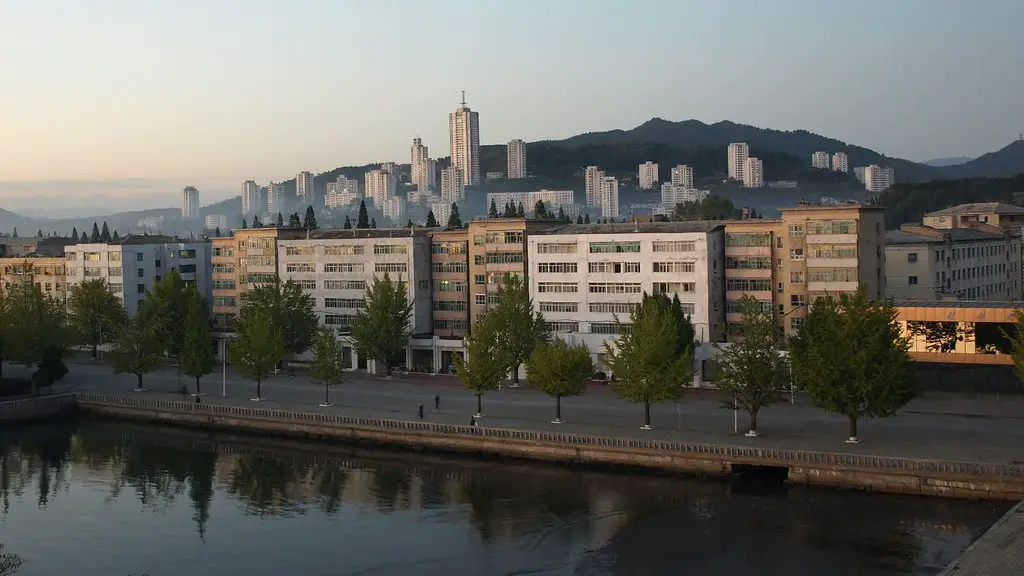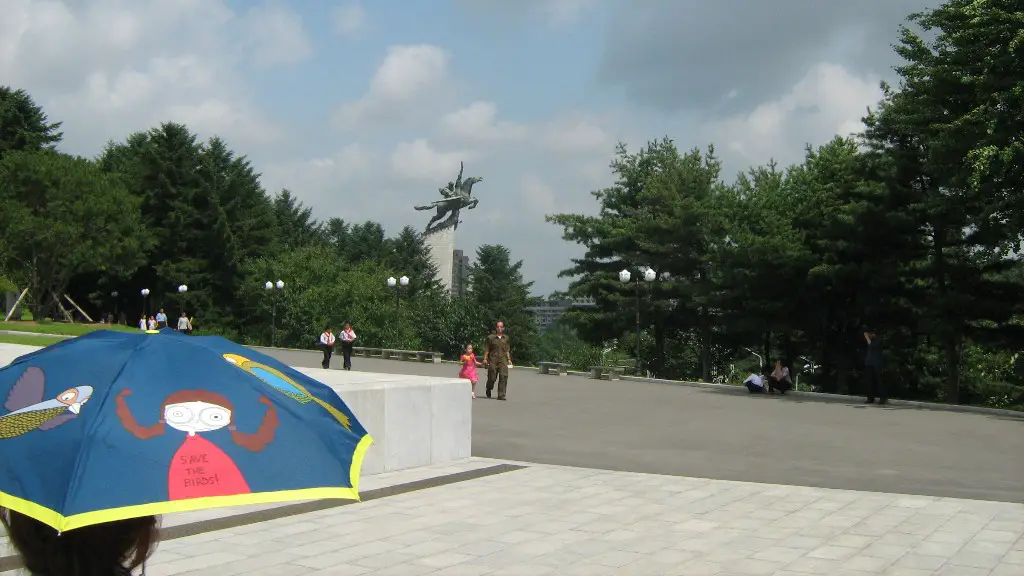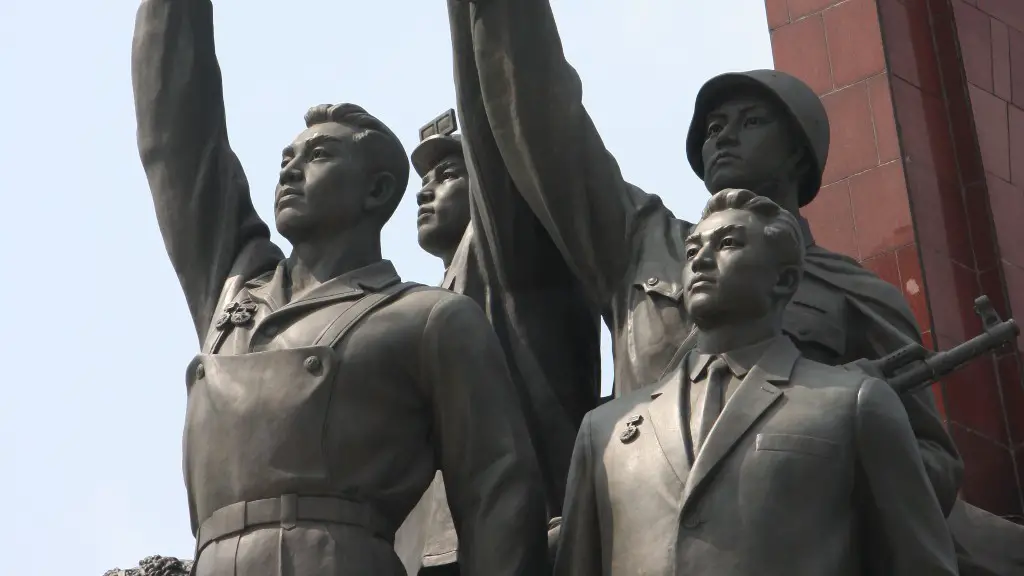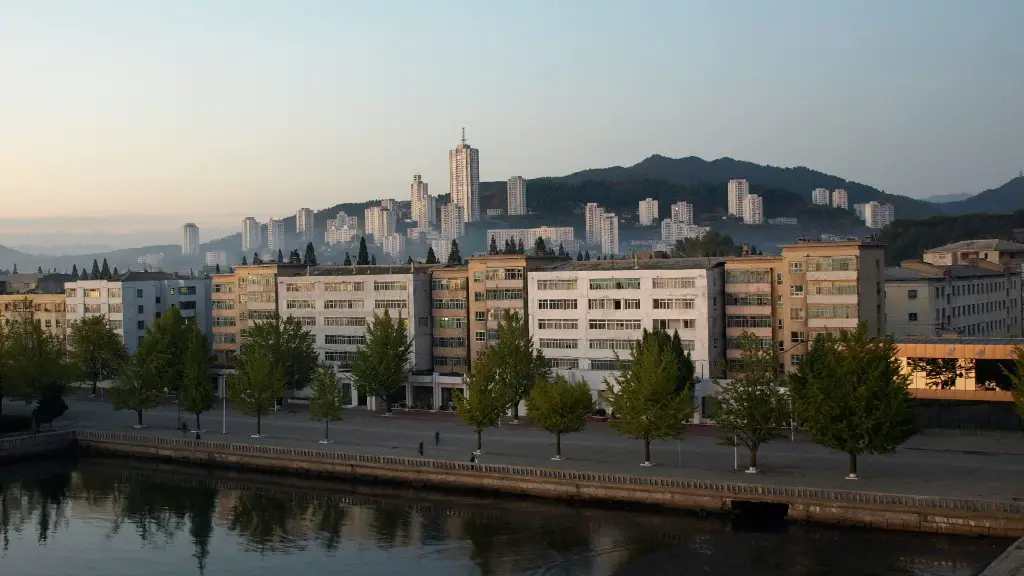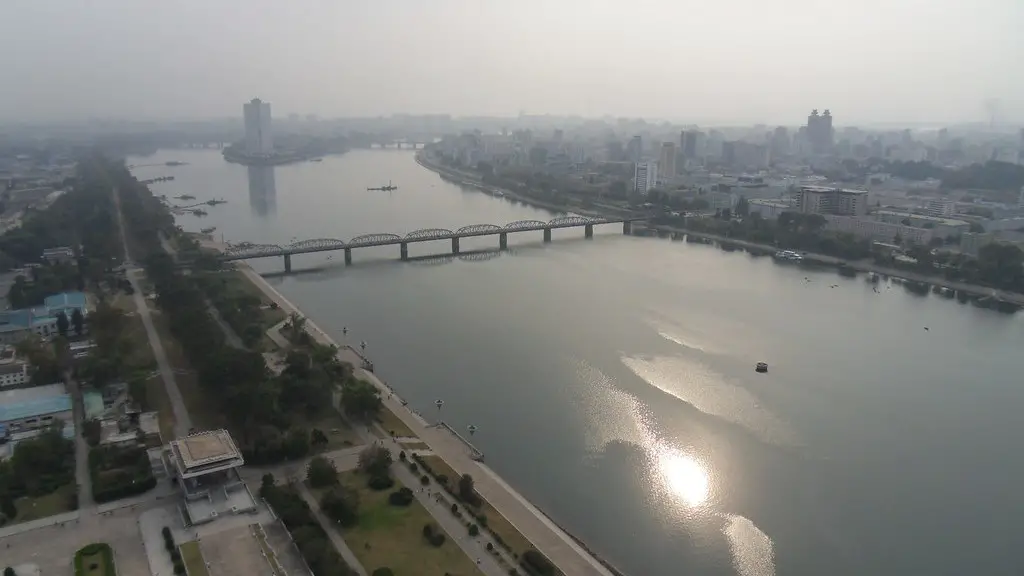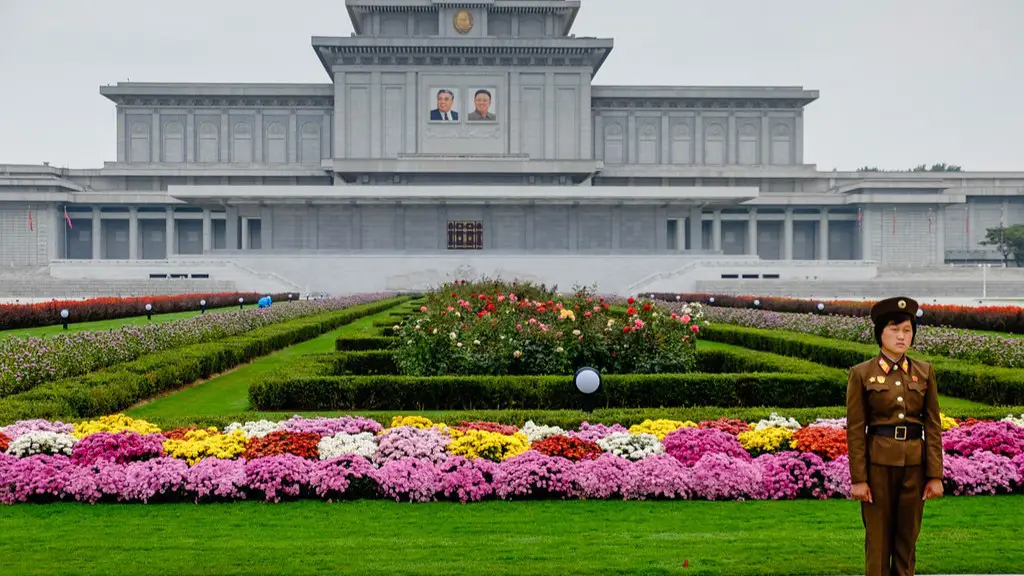Why Did North Korea and South Korea Separate?
The separation of North and South Korea is a heartbreaking story that is linked to the catastrophic events of the Cold War. In 1945, the Soviet Union occupied the northern part of the Korean peninsula, while the U.S. occupied the southern part, with the intent to hold a democratic election for both zones. But the election never happened.
This led to the Democratic People’s Republic of Korea (North Korea) formed by the Soviets and the Republic of Korea (South Korea) established by the U.S. in 1948. The two sides had diametrically opposed ideas for the peninsula which resulted in thirty-five years of hostility and enmity, defended by border security and trade barriers. This ultimately resulted in the separation of the two countries, the Cold War and the Iron Curtain.
It was only in June 2000 that North and South Korea signed a joint declaration to peacefully reunify the Korean peninsula. However, even though the two Koreas have agreed to work together, the relationship between the two countries is still far from normalized. North and South Korea have different governments, different economies and different lifestyles.
Lingering suspicions and fears, based on decades of mistrust, have made a reunion difficult. Lasting peace and security concerns has also been a key obstacle to the reunification process. North Korea’s nuclear capabilities threaten regional and global stability, including South Korea. It has also been difficult to reconcile the human rights issue; North Korea is known for its dismal human rights record, while South Korea is renowned for its improved situation on that front.
Despite the fact that both Koreas were adopted by two different ideologies, shared cultural, religious and linguistic heritage still ties them together. There has been increasing contact between families and organizations, including the exchange of information and media, as well as increasing people-to-people contact. Under such initiative, North and South Korean athletes competed as one team in the 2018 Asian Games and other international events.
Nowadays, the issue of separation between North and South Korea is still a hot debate. The United States and China have advocated cross-border contact through dialogues, research and civil society exchanges, but it is not clear how far either country can go without upsetting the delicate balance that is the Korean peninsula.
Economy
Economic issues have always been at the centre of the debate regarding reunification between North and South Koreas. North Korea has been characterized as a centrally planned economy with limited investments from outside, while South Korea has become a major player in the global economy over the past few years.
In spite of the success in the South, inequality between the countries continues to be an obstacle to reunification. The North’s economy is much weaker, and the gap between the two sides is widening. The South’s rapid economic growth has been achieved as a result of its investment in technology, labor force and capital. North Korea, lacking the same infrastructure and resources, has not been able to benefit from this growth.
This inequality highlights the challenge ahead; North Korea needs to develop its economy in order to stand any chance of reunifying with the South. The South, however, is wary of supporting the North financially in fear of the regime’s intentions.
How this issue is addressed very much remains up in the air, and the economic discrepancies between the two sides continue to be a major impediment towards unification.
Security
On top of economic issues, security issues form an equally significant part of the debate on reunification. North and South Korea were involved in various armed conflicts throughout the Cold War, and such safety concerns have yet to be addressed.
The most pressing of these issues is the North’s nuclear capabilities. Although the North has shown willingness to denuclearize and make peace with the South, the effectiveness of the North Korean government in controlling illegal weapons still remains a major cause of concern.
The North’s borders are heavily guarded and military forces are deployed in certain areas. These military forces can be a potential threat to the stability of the Korean peninsula, even if reunification is possible in the near future.
The Security Council has urged North Korea to decrease military tensions, however, there has been little progress in that regard. Until the security issue has been addressed, the two Koreas will unlikely be able to reunify.
Political Division
The process of reunifying the Korean peninsula also faces strong opposition from political forces on both sides of the border. After the division of the two countries in 1945, political ideologies diverged widely between the two sides.
The North follows the socialist ideology of the Kim family and is still technically at war with the South. On the other hand, the South is a democratic country governed by the president and the National Assembly.
Political division between the two sides runs deep, which has complicated the process of reunifying the Korean peninsula. North Korean leadership has remained firm on its stance that the North Korean ideology is superior to the South’s, and there is little political will on either side to engage in meaningful dialogues.
Violent riots broke out in 2017 as South Korean protestors criticized the North’s dictatorial regime. The lack of understanding and unwillingness to engage in meaningful dialogue is hampering the process of reunifying Korea.
Social Conflict
There are also socio-cultural factors that are impeding reunification between North and South Korea. Language and culture represent two sides of the same coin, and both sides bear different perceptions of each other.
The massive infiltration of South Korean culture into North Korea has been a cause for alarm for the Pyongyang government, who fear the “Westernization” of their culture. South Korea, on the other hand, perceives North Korea as a threat to its national interests, especially in light of the growing North Korean nuclear capabilities and its involvement in terrorist activities.
Efforts have been made to bridge the divides between the two sides. Projects such as the unification song contest, a joint hockey team, and the “Harmony Korea” project have been launched to build bridges and foster better understanding between the two countries. Such efforts, however, have been met with mixed results.
The fear and mistrust between the two Koreas means that socio-cultural understanding and exchange is necessary for the reunification process to move forward. Whether or not North and South Korea can overcome this divide and move towards a stable union remains to be seen.
Conclusion
It is clear that the reunification of North and South Korea has faced many obstacles throughout the years, including particular political and economic issues, security threats, and social divides. Various efforts have been made by both sides to move towards a unified Korea, but mistrust and cultural misunderstandings have made it difficult to reach a lasting agreement.
The Korean peninsula remains divided and the future of reunification remains uncertain. Both sides need to take a more proactive role in resolving the issue, including addressing security and economic issues, and finding ways to build mutual trust and understanding. Only then can the two sides move closer towards a peaceful resolution.
